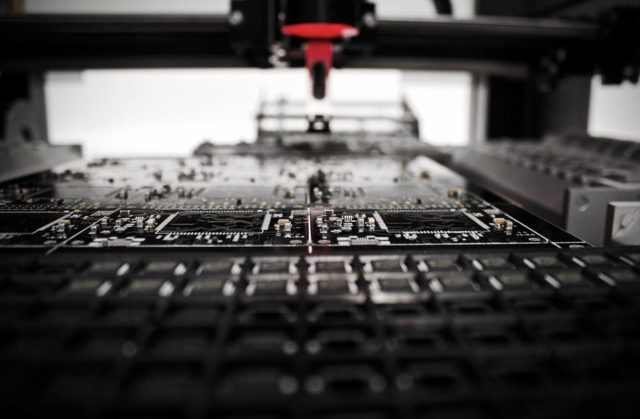Do you want to increase customer satisfaction? How about an increase in customers and revenues altogether? To do this, you need to focus on what’s important, and that’s providing quality products and services to your market.
How can you keep your customers happy with your products and have them recommend you to others? You should remember that people are less likely to buy your product again if they’re not happy with it. They also won’t recommend to others that they buy what you have and may even post negative reviews about it. Based on a report, 94% of consumers avoid a business because of a bad review.
This is why paying attention to your quality control procedures is crucial. It helps ensure that every product meets the quality metrics your company has set and your customers expect. The problem with having a person do quality control is that people aren’t infallible and people can be slow. Luckily, new technologies allow businesses to create quality goods faster, better, and at lower costs.
Here are three tech advancements that help improve quality control systems across industries:
Coordinate Measuring Machine
Meeting your customers’ expectations is essential if you want your business to succeed. Precise measurements for the products you make will ensure customers get the product they expect from you every single time. To do this, accuracy must become the norm in your manufacturing process.
If your products have complex parts, measuring these with traditional equipment will prove to be very challenging. Add to this the limitations in speed that such precise, special measurements can bring about, which can cause significant delays in production.
Most quality control inspections happened in an isolated room, with the quality inspector taking samples to the dimension lab for assessment. Not only is this step time-consuming and labor-intensive, but this back and forth to and from the production lab often creates uncontrollable bottlenecks.
Thanks to coordinate measuring machines (CMMs), you can speed up this process considerably. With accurate CMM machines, you can improve quality control checks on your production line, resulting in higher quality products. Producing components following exact specifications as dictated by your blueprints is much easier when you have such precision equipment. You can also detect problems earlier on, allowing you to save on both time and money.
Vision Inspection System
Quality control issues in food manufacturing can be easily gauged via customer complaints. While some people will be quick to complain about a few problems with their food, others just toss the defective item and move on. If these defects aren’t brought to your attention or not that many people point out these issues, how would you know when an entire batch or a product line is defective?
One method some companies use to prevent such things from happening is to add manual inspections during the manufacturing process of their products. This is both time-consuming and expensive since you have to employ a lot of people to watch the production on all stages. Add to this the possibility of human error and you have a lapse in your quality control procedures.
You can address this problem with a vision inspection system. This is an image-based inspection system that you can automate for industrial or manufacturing applications. By capturing and analyzing images, you can measure and check parts that can be difficult when done manually. This system can also automatically remove faulty products before they are shipped out to consumers.
Document Management System
Poor document management also affects quality control, particularly when employees spend a lot of time reviewing and revising documents across different departments. The inability to access such relevant information when it’s needed can affect quality. This can result in potential errors and downtimes in the manufacturing process.
Remember that proper documentation is necessary for quality and regulatory compliance. An effective file management system can help you produce and deliver quality products and/or services to your customer. A document management system is what you need here. This will give you centralized access to critical data and can even make monitoring of production processes and updates easier.
Takeaway
There is no-one-size-fits-all solution when it comes to improving every quality control process but there are tools you can use for your specific need. Consider what these needs are when leveraging technology to enhance your processing quality.
Before investing in any equipment, examine the quality control issues in your operations as well so you get the best technological solutions for your specific quality control problems.


